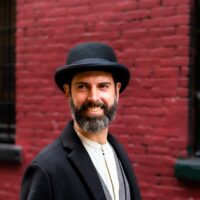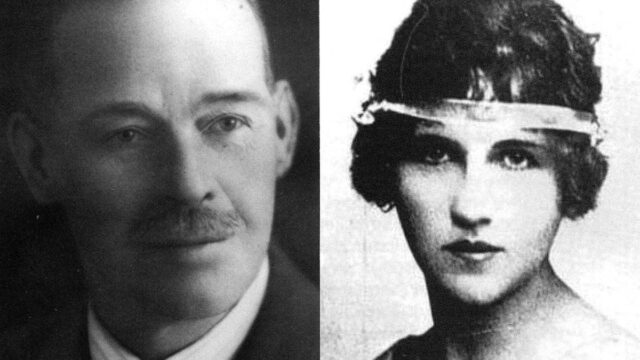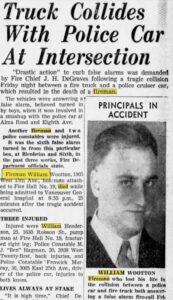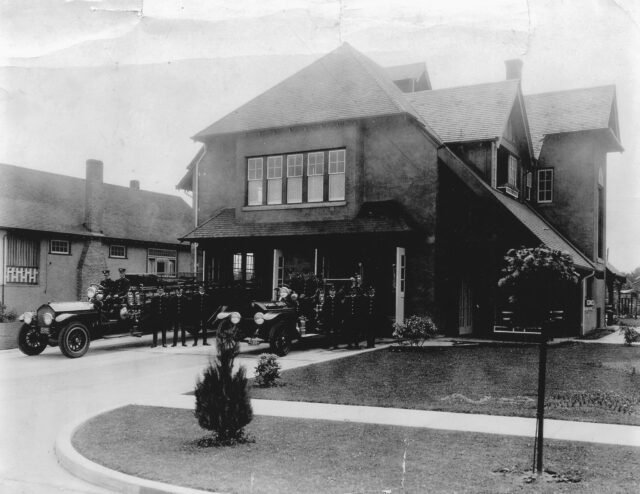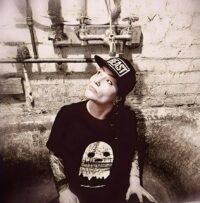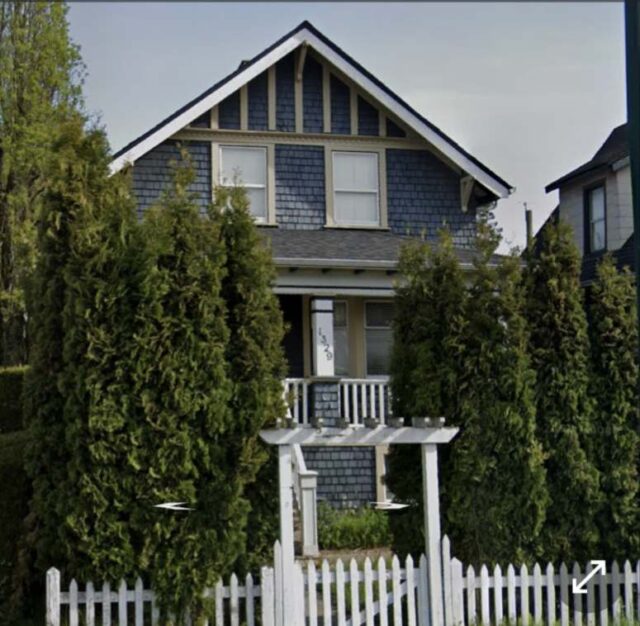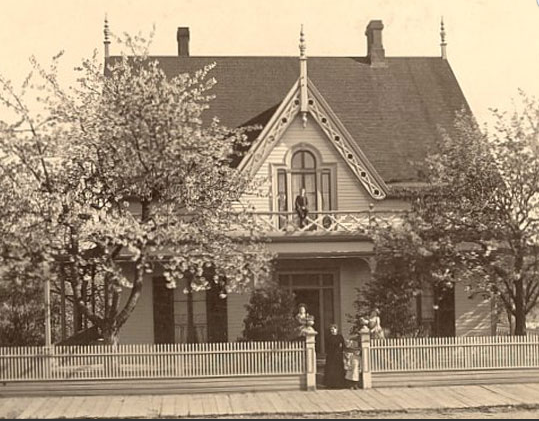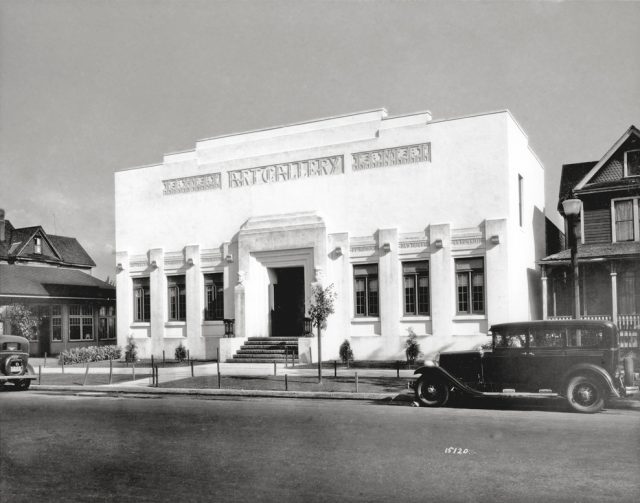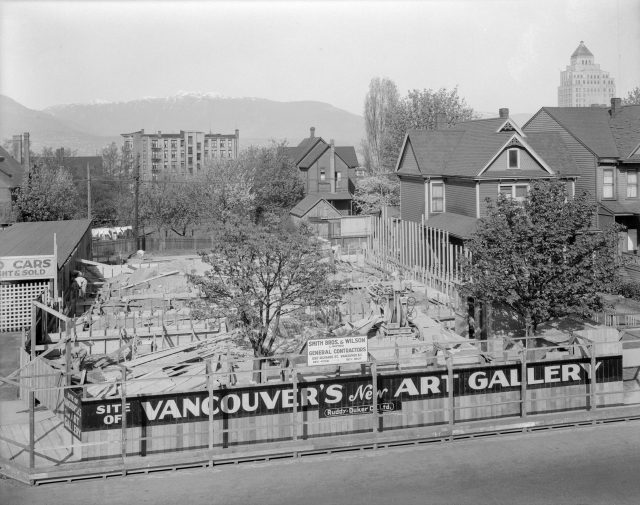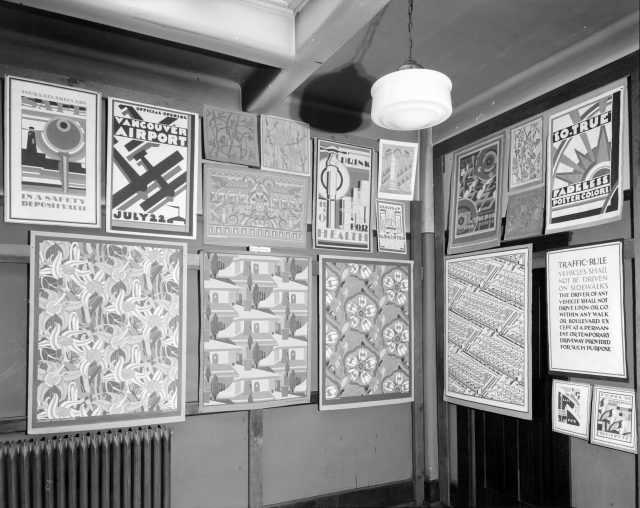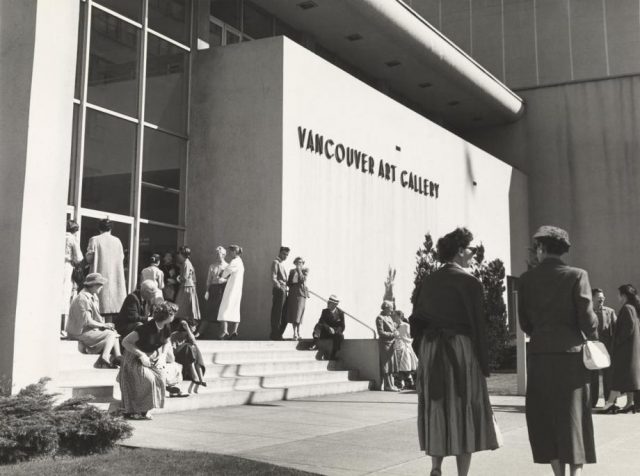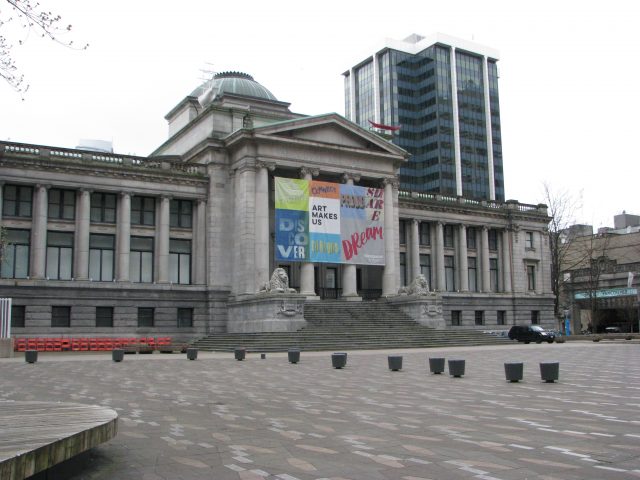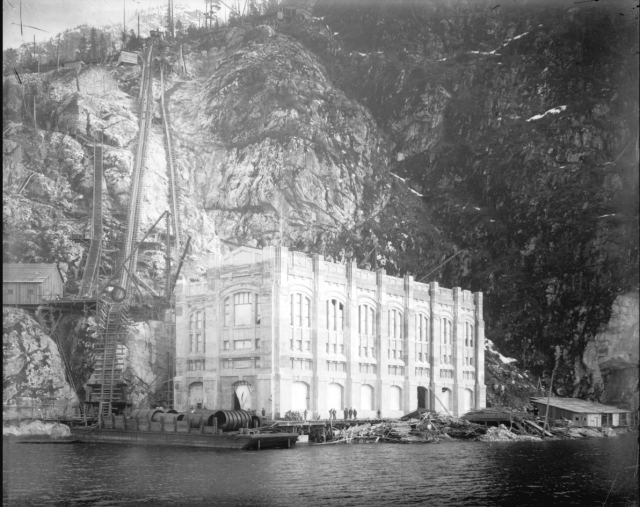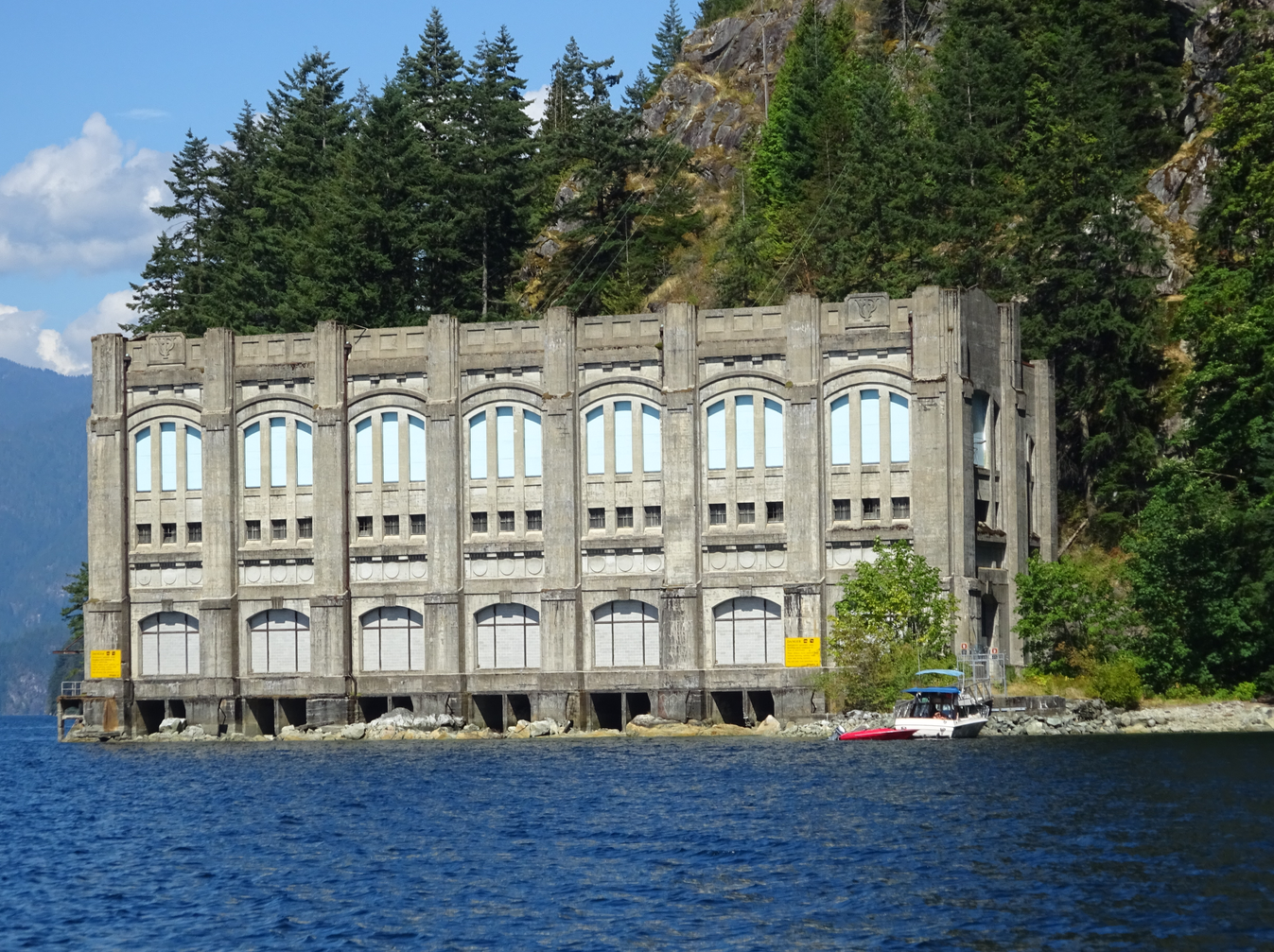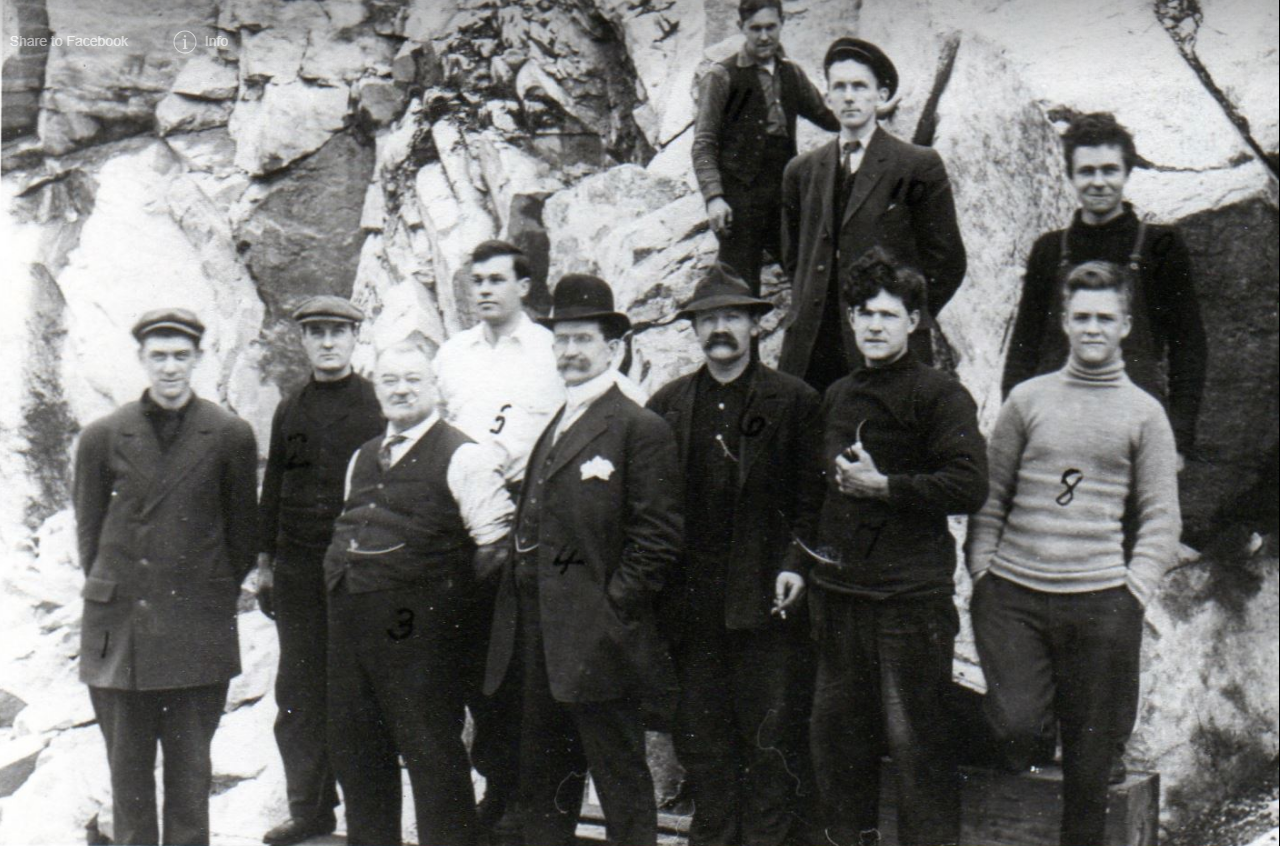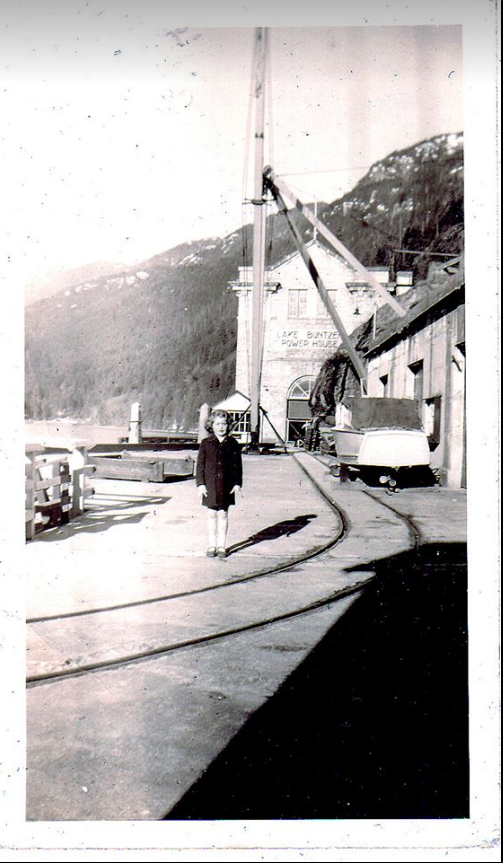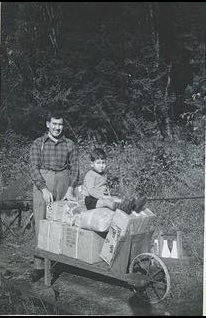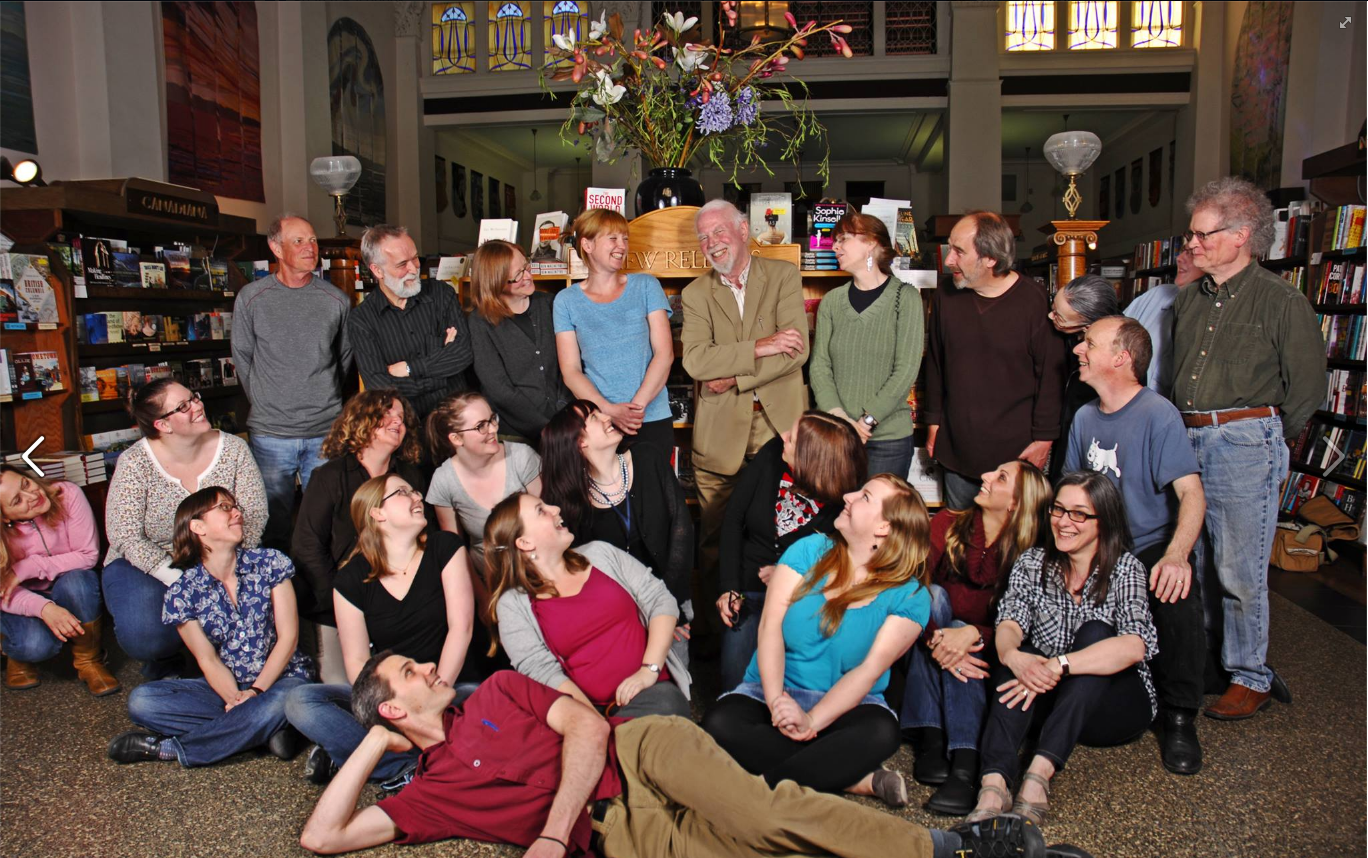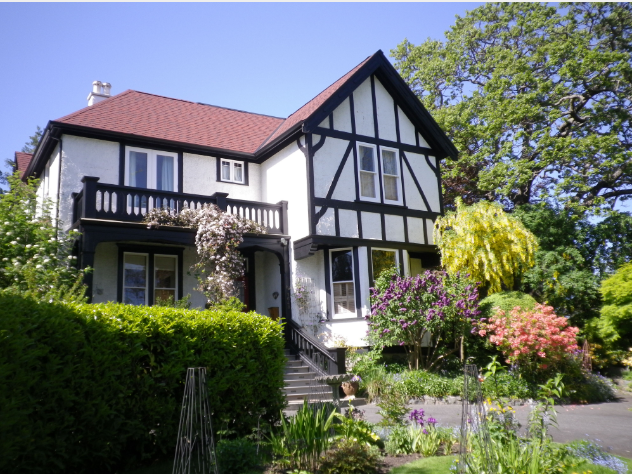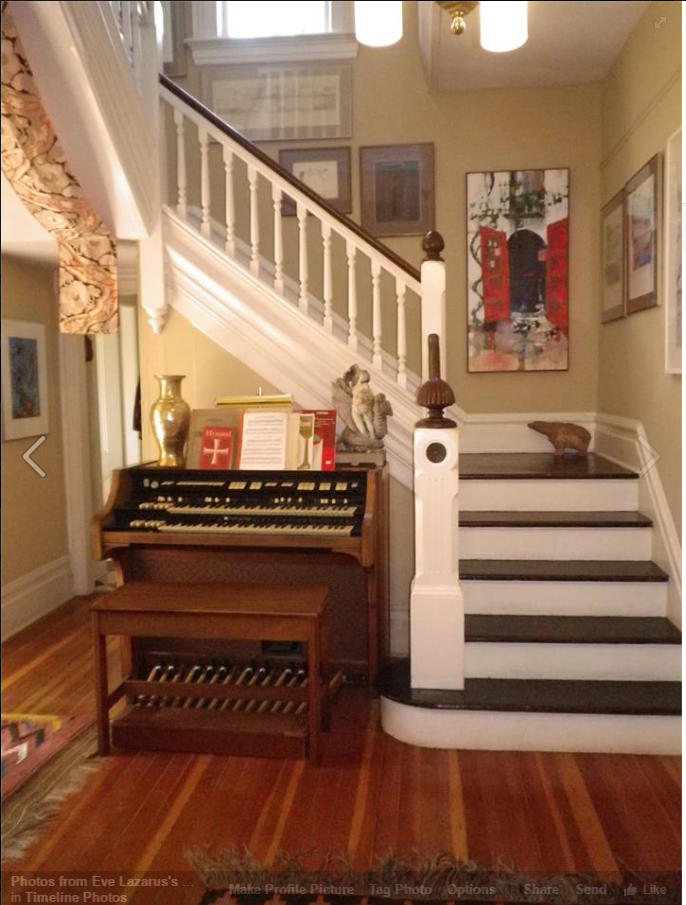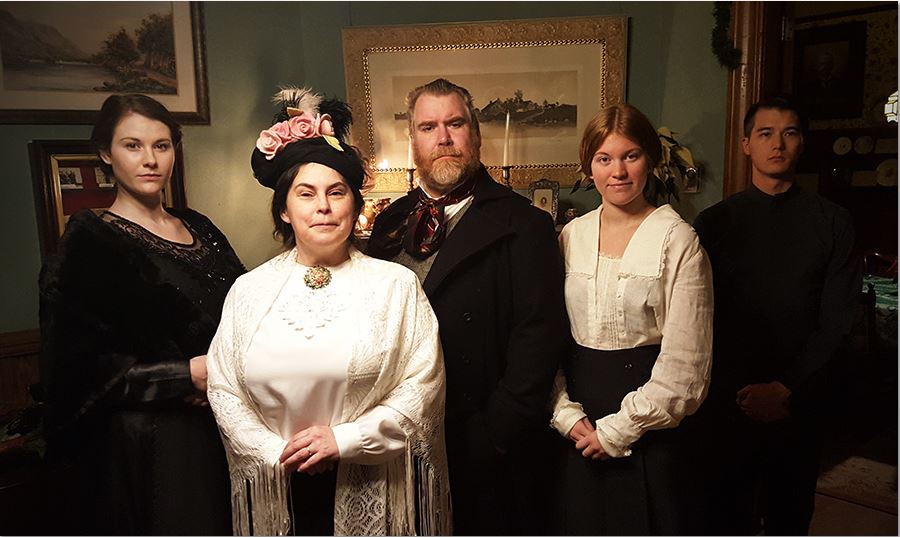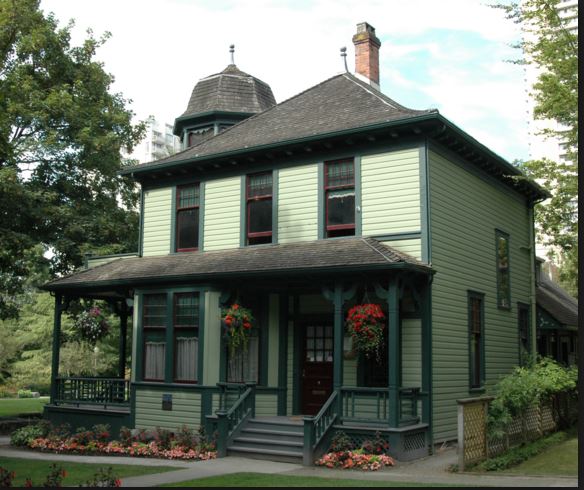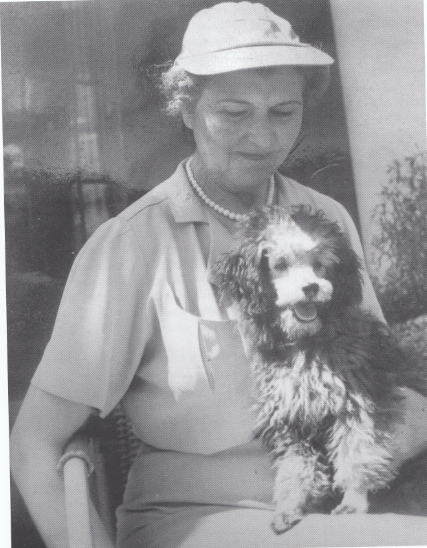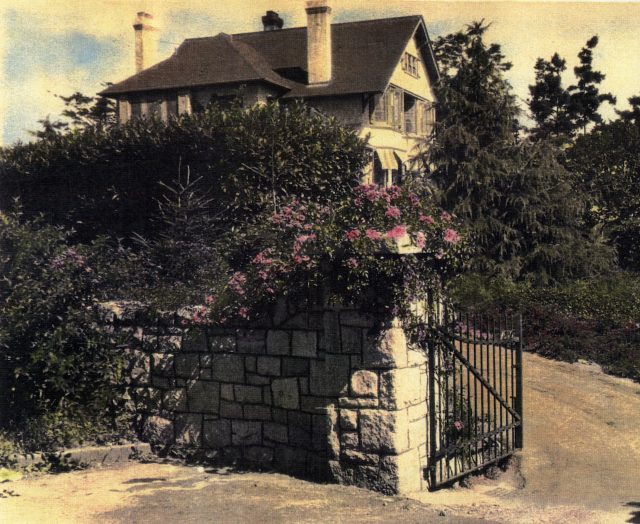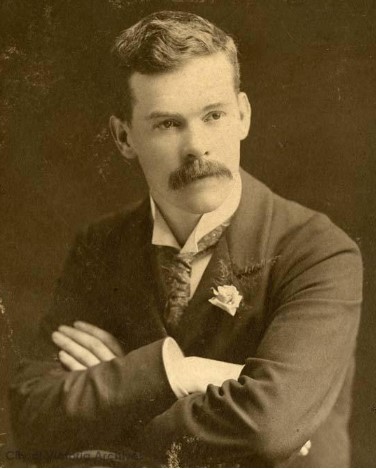
Francis Rattenbury moved to Victoria in 1892. The 25-year-old had beat out 60 other architects to win the design competition for BC’s Parliament Buildings. Although massively over budget, the commission propelled the young architect’s career, and before long he had a slew of buildings after his name including the Empress Hotel, The Crystal Gardens, the CPR Steamship Building, the Bank of Montreal on Government (Irish Times Pub), and the Law Courts (Vancouver Art Gallery), as well as his own Oak Bay Mansion–Iechinihl, now a private school.
Story from Sensational Victoria: Bright Lights, Red Light, Murders, Ghosts and Gardens
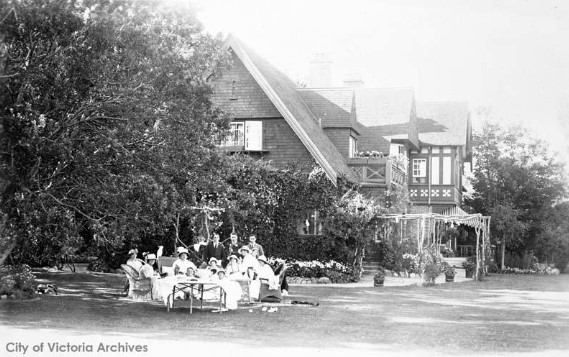
Florrie:
In 1898, Rattenbury (or Ratz as he was known), stunned Victoria’s hierarchy by marrying Florence Eleanor Nunn, the adopted daughter of a woman who ran a boarding house. The couple had two children—Francis born in 1899 and Mary in 1904.
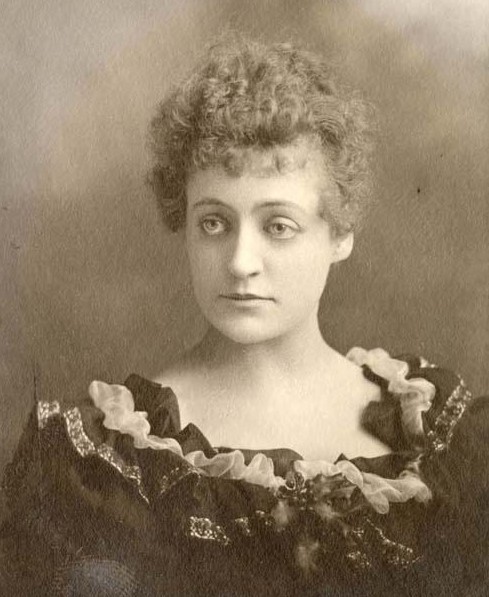
Gradually things started to unravel. Rattenbury had a falling out with the CPR and resigned as its architect. He demanded total control of his projects and would fire off pompous letters to clients who interfered with his plans. He lost a fortune in the crash of 1913. At home, things were falling apart.
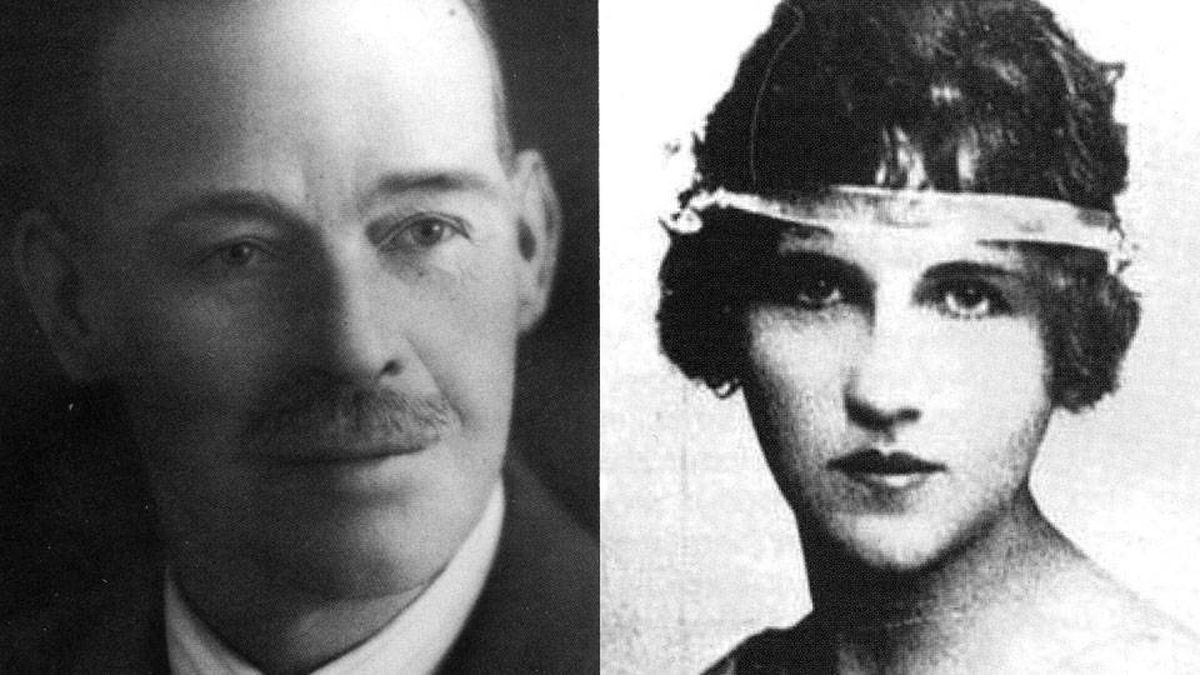
Alma:
In 1923, with his career and marriage in tatters, Rattenbury met Alma Pakenham, twice-married and 30-years younger. When Florrie refused to divorce him, Rattenbury had the heat and electricity cut off at the house and scandalized Victoria’s society by flaunting his affair.
When Florrie eventually agreed to a divorce, as part of the settlement Rattenbury provided her with her own house. She bought a corner lot at 1513 Prospect Place. Samuel Maclure, who worked with Rattenbury on Government House, designed Florrie’s new home with a view of Iechinihl, where Rattenbury lived with Alma.
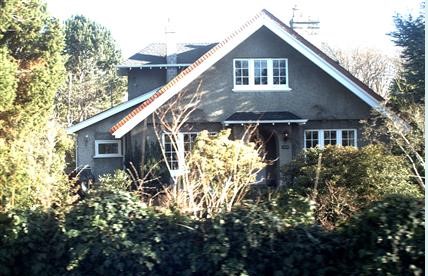
George:
Florrie died in 1929, the same year that Rattenbury and Alma moved to Bournemouth, England. By all accounts the architect should have ended his life in obscurity, but Alma took up with George Stoner, the 18-year-old chauffeur. In a fit of jealously, George bashed Rattenbury to death in 1935.
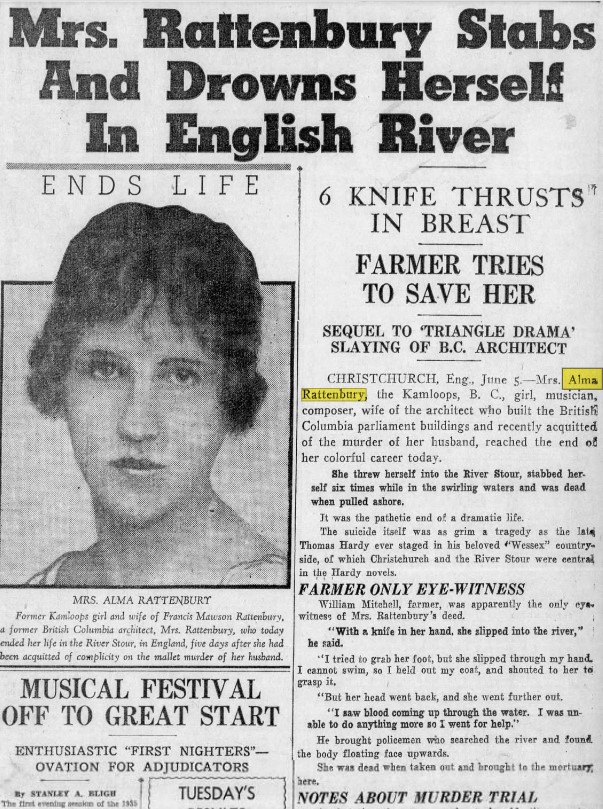
Both Alma and George were tried for murder, Alma was acquitted, but after hearing George would hang, she promptly stabbed herself, fell into a river and drowned. George later had his death sentence overturned. He died in 2000 at age 83.
Listen to Will Woods tell the story of Francis Rattenbury on Episode 44 of Cold Case Canada Podcast and find out how you can get 15 percent off a Forbidden Vancouver walking tour.
- Beneath Dark Waters: The Legacy of the Empress of Ireland Shipwreck by Eve Lazarus, coming April 2025. Preorder through Arsenal Pulp Press, or your favourite indie bookstore
© All rights reserved. Unless otherwise indicated, all blog content copyright Eve Lazarus.



